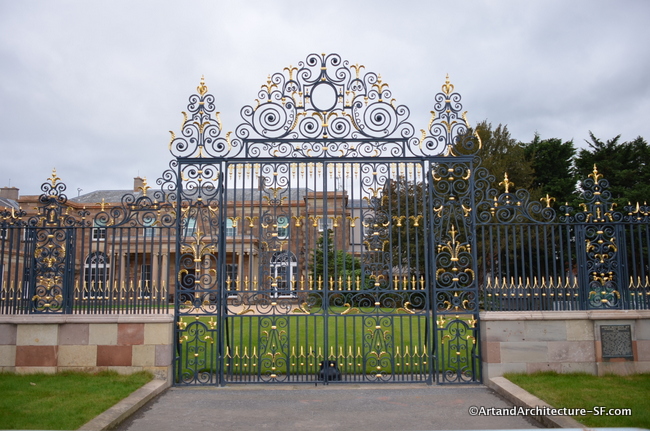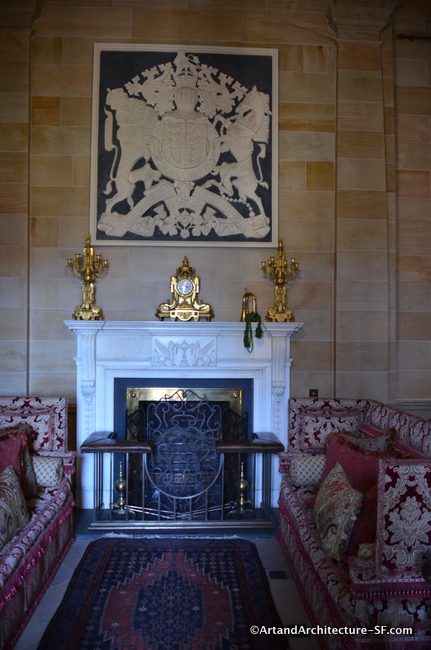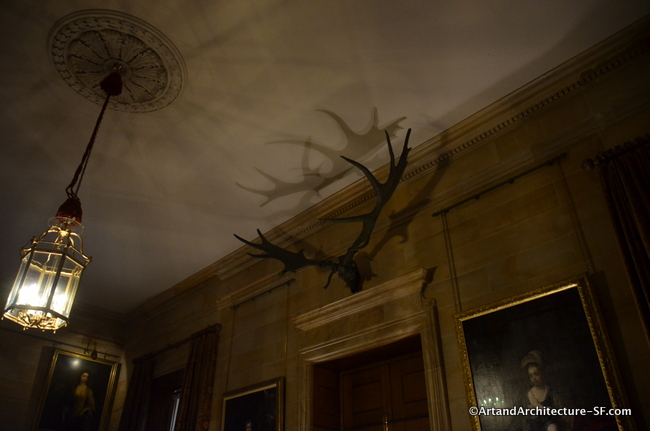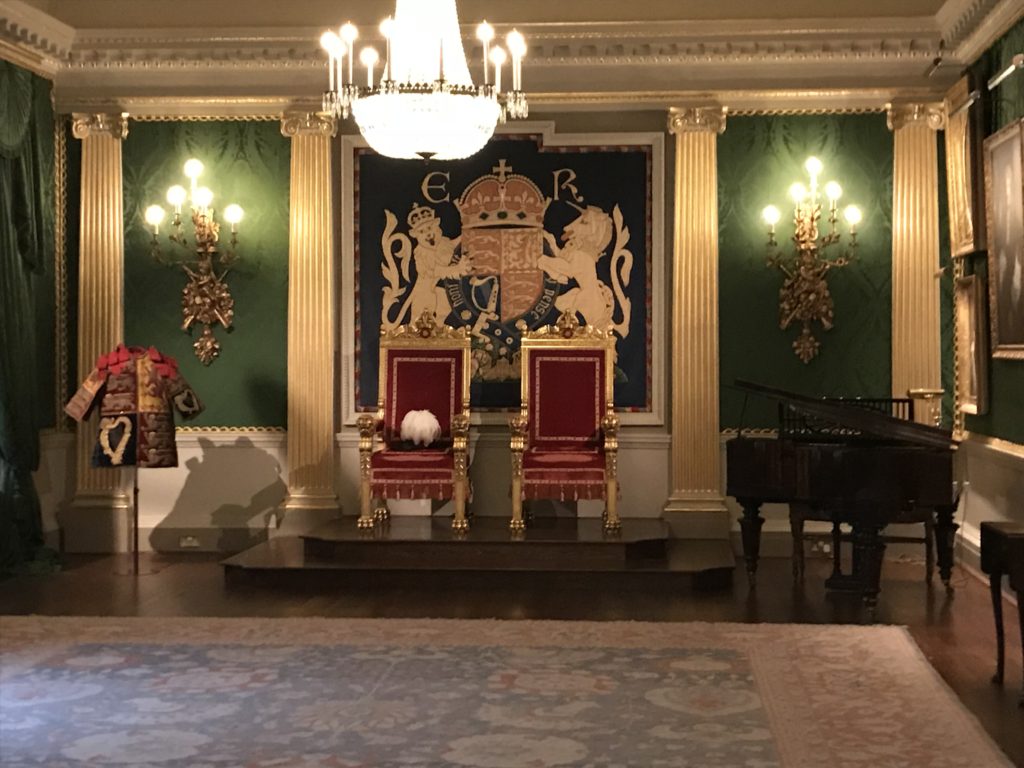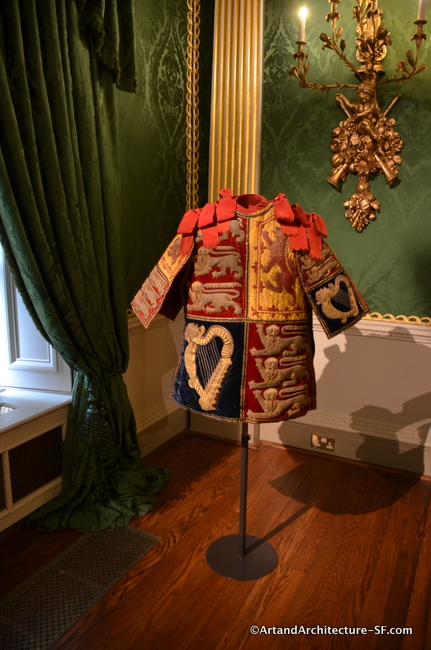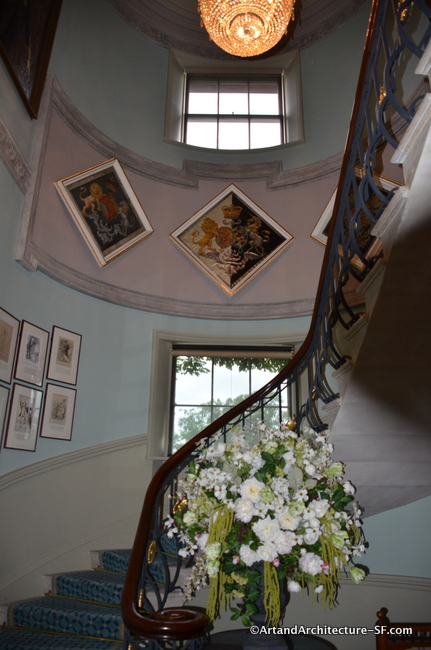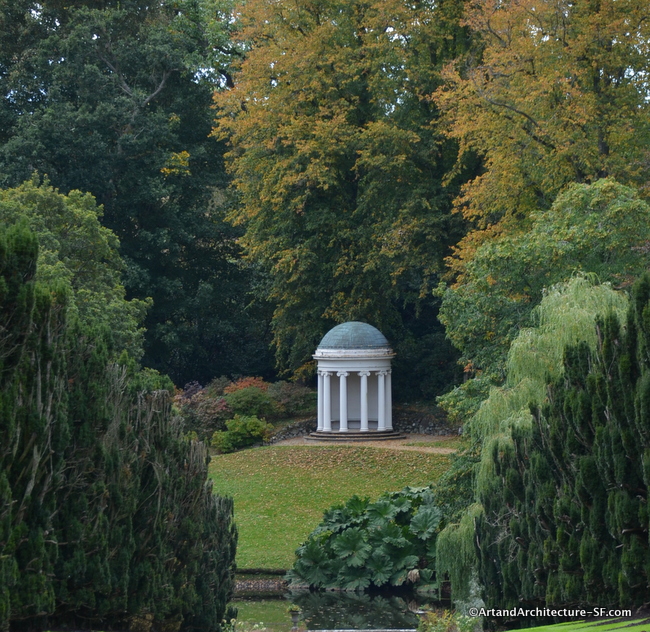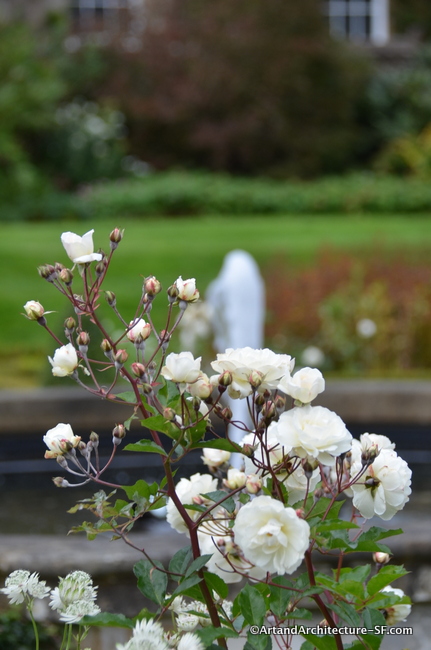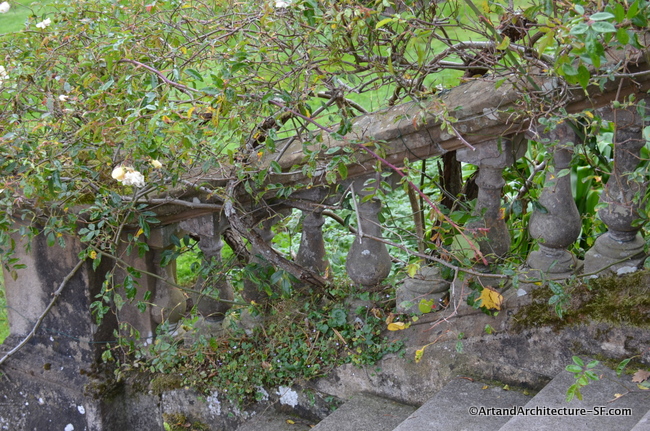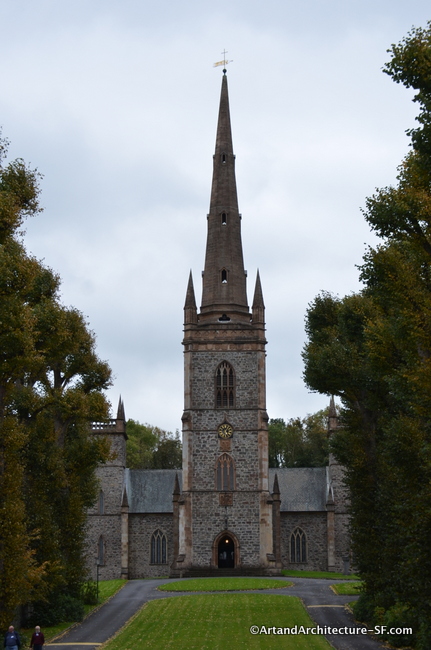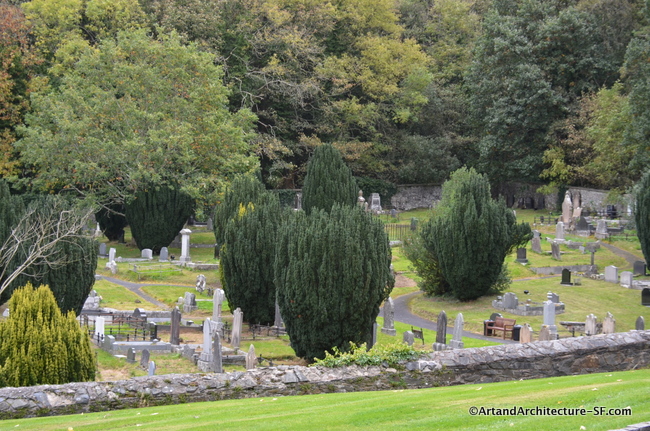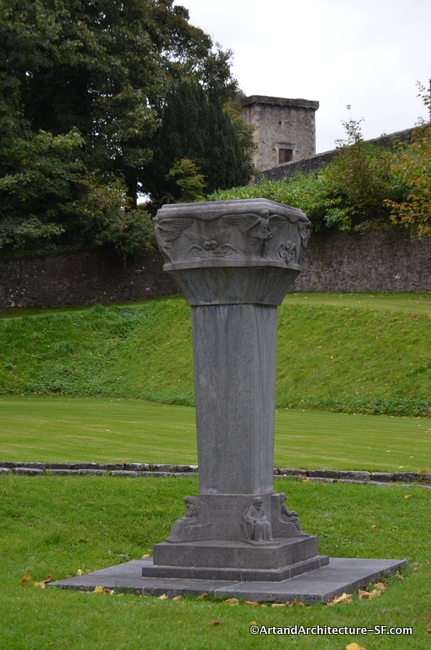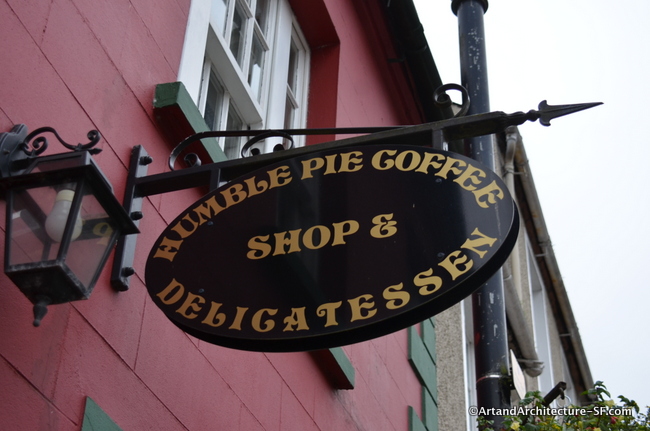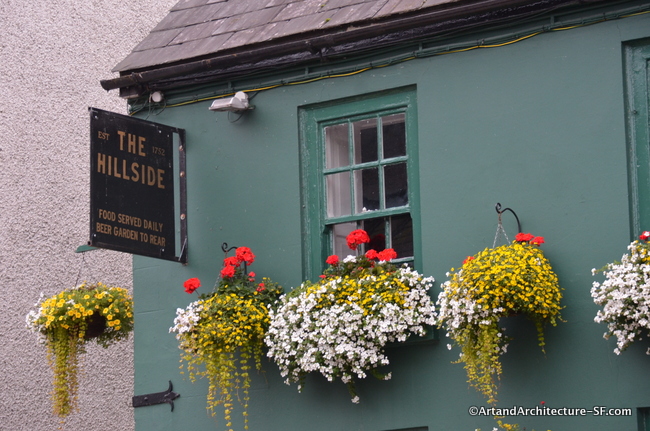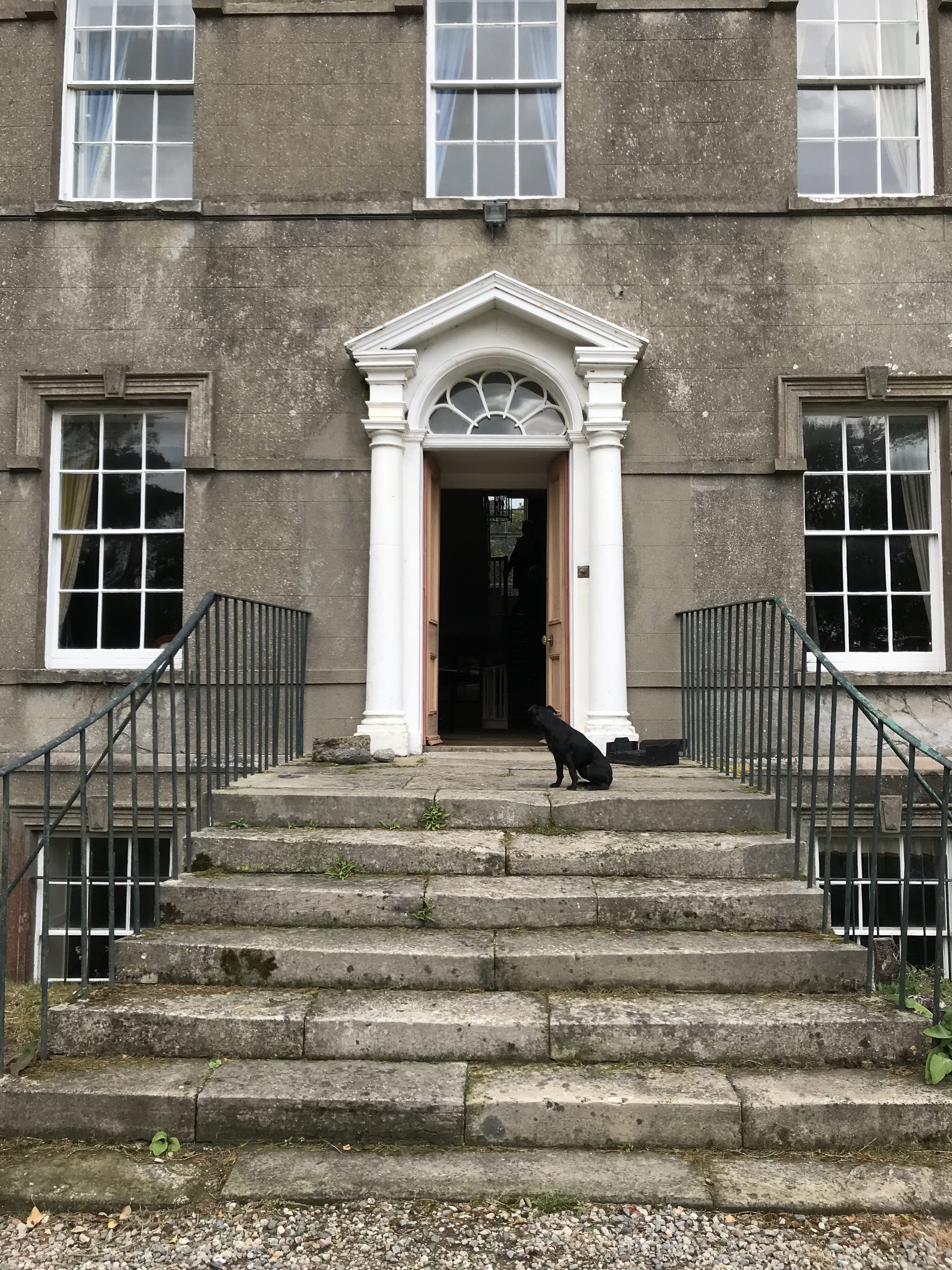October 3, 2018
Hillsborough Castle is a beautiful late Georgian mansion built in the 1770s by Wills Hill, first Marquis of Downshire it was later remodeled in the 19th and early 20th centuries.
Today, it is a working royal palace functioning as the official residence of the Royal Family when they are in Northern Ireland, and it has been the home of the Secretary of State since the 1970s.
Wills Hill was an Irish peer and served as an MP from 1742 to 1756, before becoming the Earl of Hillsborough. As Secretary of State for the American departments, he was responsible for the “loss of the colonies”.
Wills Hill famously hosted Benjamin Franklin, but contrary to popular myth, when they met at Hillsborough in 1771, the two men got along well together. Despite this, America went on to fight for, and win independence.
Entering Hillsborough Castle you are first taken aback by the Richhill gates, originally part of Richhill Castle.
They were constructed by Thornberry Brothers of Armagh in 1745 and topped with the Richardson coat-of-arms.
It is believed they were removed at the start of the Second World War, as metal was being melted down to make armaments.
They were installed at Hillsborough Castle, after its renovation following the fire in 1934.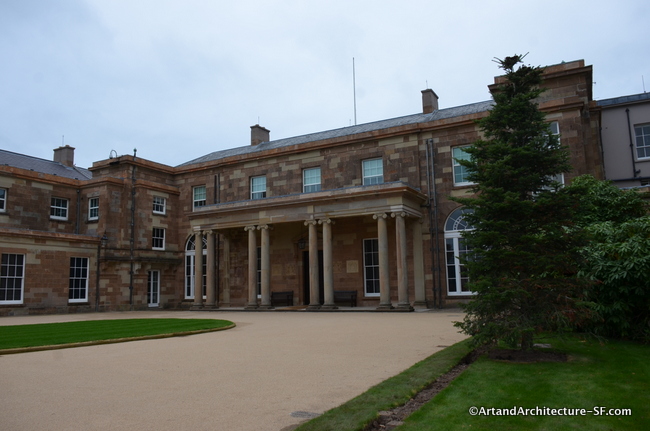
The entry to the home is a compact room with a lovely fireplace. The rooms are rather dark, not only because of the common overcast weather but also due to protective glazing on the windows, making photography a tad difficult.
After a fire in 1934, the house was redecorated in a more official way. At this time the circulation of the house was changed with double doors and long strings of connected rooms.
The role of Governor was abolished in 1973, which is why it is now the home of the Secretary of State whenever she or he is in Northern Ireland.
The present interiors date from a remodel done between 1987 and 1993, although two of the rooms had recently been redone before this visit.
These Irish Elk Horns, found in a bog, are over the front door. The Irish elk is also called the giant deer or Irish giant deer, is an extinct species of deer and is one of the largest deer that ever lived.
Although most skeletons have been found in bogs in Ireland, the animal was not exclusive to Ireland and are not related to any species of living elk.
The throne room was conceived in 1934. The thrones are representative of the Queen and are no longer used.
The Georgian staircase is one of the only items left that survived the fire.
The gardens are a true highlight of the house.
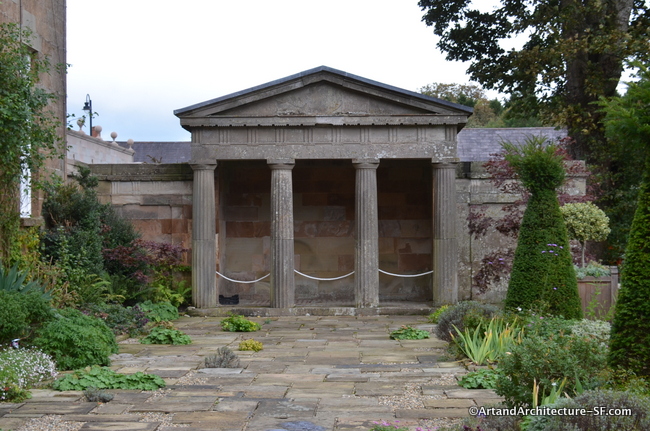 The Greek Doric Summer home, under restoration
The Greek Doric Summer home, under restoration
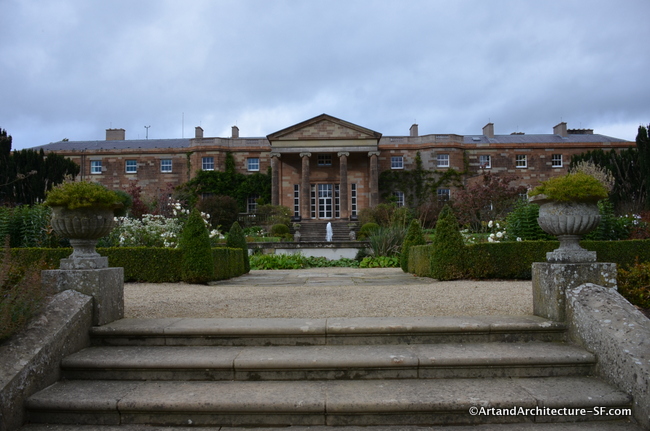
Looking back at the house from the garden
The roses were seeing their last at the end of September.
Across the way is the Hillsborough Fort, it is an artillery fort built in 1650 by Colonel Arthur Hill. It was remodeled in the 18th Century for feasts and entertainment. It was covered in scaffolding for an event while I was there so the following picture is from the Discover Ireland website.
*
ST. MALACHY’S CHURCH

The box pews have a door to keep the heat in when there was no central heating in the cold of Northern Ireland. It also reflected the fact that individual families paid pew rent to have their own seat.
St Malachy’s, one of the best Georgian churches in Ireland, was completed in 1772. Few alterations have taken place over the years. It took about 100 years for heat to be introduced, and 50 more before there was electric light. The Parish known as St. Malachy’s, takes its name from a reforming leader of the 12th-century church.
The town of Hillsborough is a lovely town to wander, albeit, just a few blocks long.
Our day was made all the more pleasant due to a lovely lunch hosted by Ms. Simone Mackie Beach at her home, Ballydugan House. We were served by her friends, a delicious lunch on fine china and linen tablecloths, it was a real treat.
The house is a typical 18th-century Irish Georgian country house. Ms. Beach also lets rooms and hires the grounds for events.
